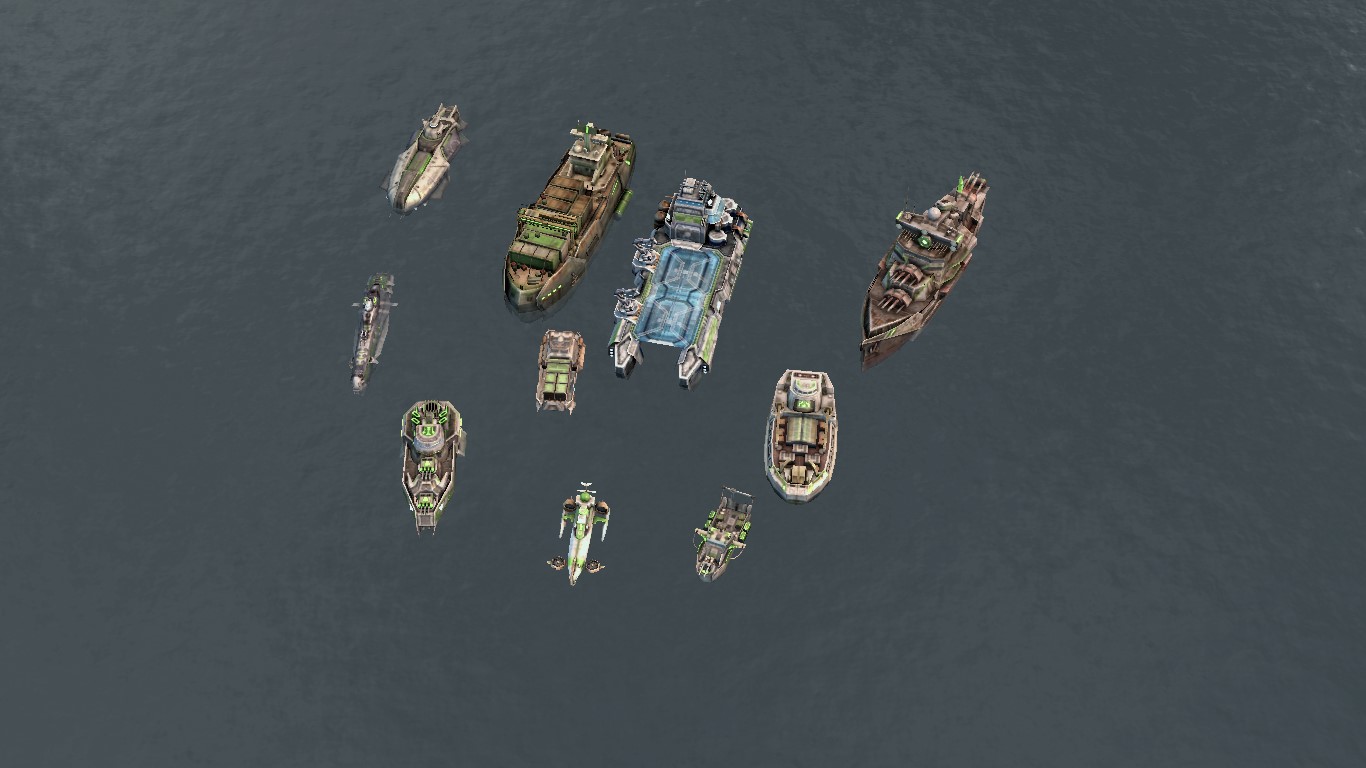
The cybersecurity group said the Cambodian foreign ministry along with the country’s only international and commercial deep sea port, Sihanoukville Autonomous Port, were targeted in September. Laos this month inaugurated a nearly $6 billion Chinese-built railway linking the country with southern China. In May, Insikt said it identified suspected Chinese state-sponsored network intrusion activity targeting “telecommunications, government and state-owned organizations with Laos.” Both the Lao National Committee for Special Economic Zones and the National Enterprise Database were identified as targets, it said. “We oppose the spread of disinformation for political purposes to mislead the international community and sow discord between regional countries,” Chinese Foreign Ministry spokesman Wang Wenbin said Thursday at a regular press briefing in Beijing.Ĭhina has previously dismissed reporting by Recorded Future, including findings in September this year that Chinese state-sponsored hackers were believed to have infiltrated and likely stolen data from an Indian government agency responsible for a national identification base. Insikt said it notified all the countries involved in October. “We also identified evidence suggesting that TAG-16 shares custom capabilities with the People’s Liberation Army (PLA)-linked activity group RedFoxtrot,” it said. The group attributed much of the activity to a Chinese state-sponsored entity it has labeled Threat Activity Group 16.

Insikt said it identified over 400 unique servers in Southeast Asia communicating with infected networks that were likely linked to Chinese state-sponsored actors, adding that it didn’t have any insight into the specific data that might have been obtained. The hackers focused on the offices of the Thai and Malaysian prime ministers, the foreign affairs ministries of Indonesia and Malaysia, as well as their militaries, it said. “The identified intrusion campaigns almost certainly support key strategic aims of the Chinese government, such as gathering intelligence on countries engaged in South China Sea territorial disputes or related to projects and countries strategically important to the Belt and Road Initiative (BRI),” Insikt Group said in its report. The hackers also took aim at several other countries, including the Philippines, Laos, Cambodia and Thailand, it said. Malaysia, Indonesia and Vietnam were the top three targeted countries over the past nine months, said the Insikt Group, the threat research arm of Massachusetts-based Recorded Future. As a final note in their review, Adam Sessler noted that "Game Tycoon" was more entertaining than "Deep Sea Tycoon 2".(Bloomberg) - Chinese hackers this year targeted military and civilian organizations in several Southeast Asian nations, particularly those with similar territorial claims or strategic infrastructure projects, suggesting the involvement of the state, a U.S.-based cybersecurity firm said in new research released late Wednesday.

Being noted for being boring by having "ridiculously easy challenges" and simple challenges of only having to "click my mouse button twice". "Deep Sea Tycoon 2" has been reviewed by X-Play, being given a 1 out of 5. The User Score on GameSpot rates the game at 7.5 (current values, they may change over time). The only major differences is the scenario, and the types of buildings each game uses.ĭeep Sea Tycoon has not been reviewed by game review sites such as GameSpot, despite having been released in the UK in January 2004 and November 2003 in other areas. The gameplay is similar to Moon Tycoon the player creates buildings on a flat piece of land, that must be connected to other buildings by a "tunnel". Through the character they choose and the choices they make in their city, the player can become a ruthless oil-tycoon, or something similar, or an environmentalist.


The gameplay of Deep Sea Tycoon involves choosing one of 24 different characters and creating an underwater city filled with different buildings and features, from Mermaid Palaces to Seafood Restaurants. It has a sequel, Deep Sea Tycoon 2, developed by Pixel after Pixel. This game involves you building an underwater city in 3D. Deep Sea Tycoon, also called Atlantis Underwater Tycoon in North America and Aquatic Tycoon in France, is a 2003 video game developed by Anarchy Enterprises and published by Unique Entertainment.


 0 kommentar(er)
0 kommentar(er)
